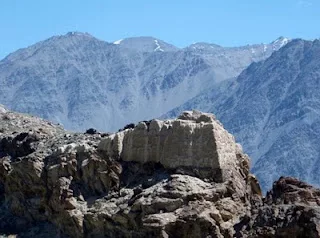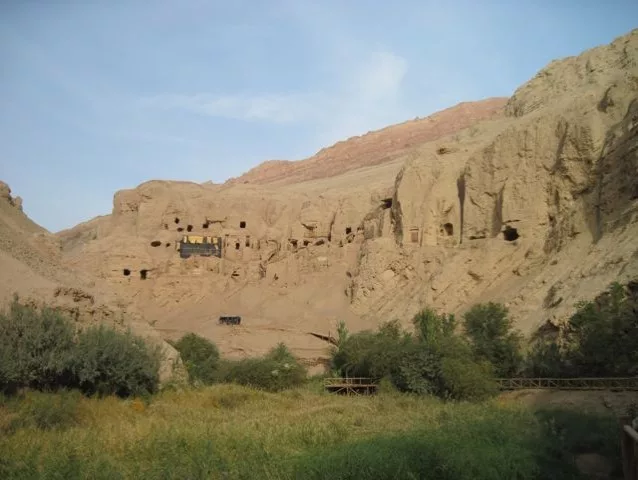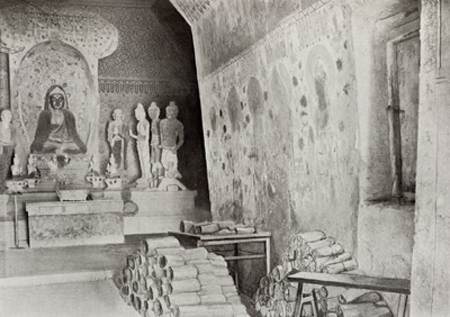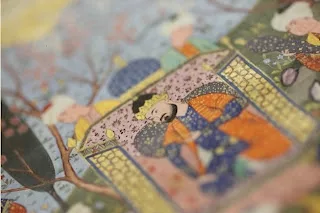Stein as the ‘Buddhist Pausanias’
When Aurel Stein arrived in Lahore in 1888 it was following several decades of archaeological ‘rediscovery’ of Buddhism in the sub-continent, the sites of the historical Buddha having been identified in part owing to the writings of a seventh-century Chinese monk, Xuanzang.
Xuanzang was instrumental in Stein’s decision to set his archaeological goals further afield, on the ancient Silk Road, and thus contributed to the archaeological rediscovery of the towns and temples through which he had passed over a thousand years earlier. This contribution was not only due to his topographical knowledge—for which Stein dubbed him the ‘Buddhist Pausanias’, in reference to the second-century writer of a guide to the sites of ancient Greece—but to the respect in which he was held in China: Stein employed his name shamelessly to plead his case for access to sites with local officials and for this he became Stein’s ‘patron saint’.
I discussed this relationship at a conference on Xuanzang organized by Max Deeg of Cardiff University. Other speakers were Timothy Barrett, Ven. Fayuan, Janice Leoshko, Victor Mair, Tansen Sen, Tokio Takata, Wang Bangwei, Dorothy Wang and Xin Yu. More details on the conference website.
PS. User survey now online to enable you to tell us how you use the IDP site and how you would like to see it improved. Please take time to complete this and tell your colleagues and students.
We very much appreciate your time and help.






If you have feedback or ideas about this post, contact us, sign in or register an account to leave a comment below